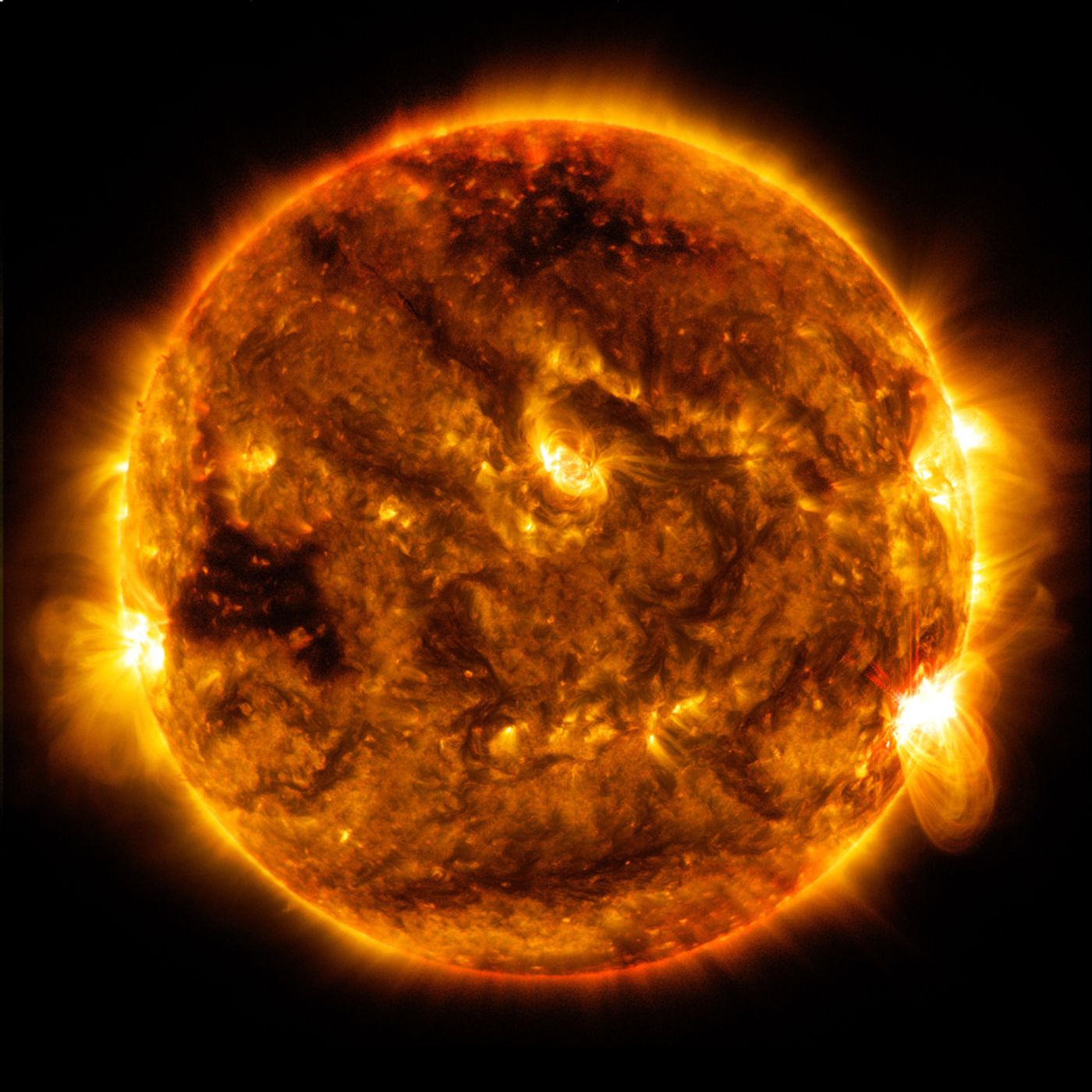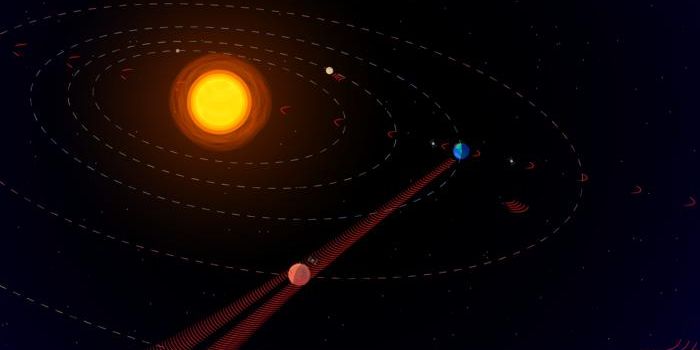Experts Expect 'Maunder Minimum'-Like Solar Behavior in Next Few Decades
The Northern Lights are normally seen in various high-latitude parts of the world, including polar regions and in the skies over Britain, but according to new research from the University of Reading, Britain may soon no longer see these spectacular light shows, as they will be limited to higher latitude locations only.
According to the study, which appears in the journal Scientific Reports, the Sun is beginning to go through a lessened activity period in which it will not exhibit as much solar wind. Solar wind is the driving force behind these spectacular light shows; as the charged particles bombard the Earth’s magnetic field, the lights in the skies are produced.
Image Credit: NASA/SDO
According to the researchers, a lull in activity like this hasn’t been observed since the 1700’s, a time known as the Maunder Minimum. They are able to make such predictions by observing sunspot information collected over the years and comparing it to solar activity linked to Northern Lights and the sunspot information we have today.
“The magnetic activity of the sun ebbs and flows in predictable cycles, but there is also evidence that it is due to plummet, possibly by the largest amount for 300 years,” explained Dr Mathew Owens from the University of Reading’s meteorology department. “If so, the Northern Lights phenomenon would become a natural show exclusive to the polar regions, due to a lack of solar wind forces that often make it visible at lower latitudes.”
“As the sun becomes less active, sunspots and coronal ejections will become less frequent. However, if a mass ejection did hit the Earth, it could be even more damaging to the electronic devices on which society is now so dependent.”
As sunspot activity on the Sun continues to reduce in frequency today, scientists are seeing a pattern that matches that of 300 years ago. Although these lows may have an impact on the Earth in the near future, solar activity will undoubtedly kick up again eventually, whether it takes a few decades to do so or not.
During the time solar activity lessens, the 'protective bubble' of the solar system that protects us from cosmic rays from beyond, otherwise known as the heliosphere, will weaken. This bubble is typically constantly fed by the flow of the Sun’s charged particles, so when the Sun slows down its process of feeding it, it shrinks until the Sun begins feeding it again.
The Sun's solar wind particles move at incredibly high speeds. We often observe the Sun's sunspot and solar wind activity with NASA's Solar Dynamics Observatory (SDO):
A weakened heliosphere surrounding the Solar System potentially opens life on Earth up to various space-oriented hazards, such as cancer-causing cosmic rays among other things. It’s nothing that mankind hasn’t lived through before thanks to the protection of Earth’s own magnetic field and thick, rich atmosphere, but it has the potential to have a negative impact on life on Earth.
With all of the data that has been collected so far, there is indication that we could see these differences as soon as just a few decades, perhaps 50 years, from now. But don’t panic, these are completely natural fluctuations that happen from time to time, and are unfortunately, out of our control.
Source: University of Reading









